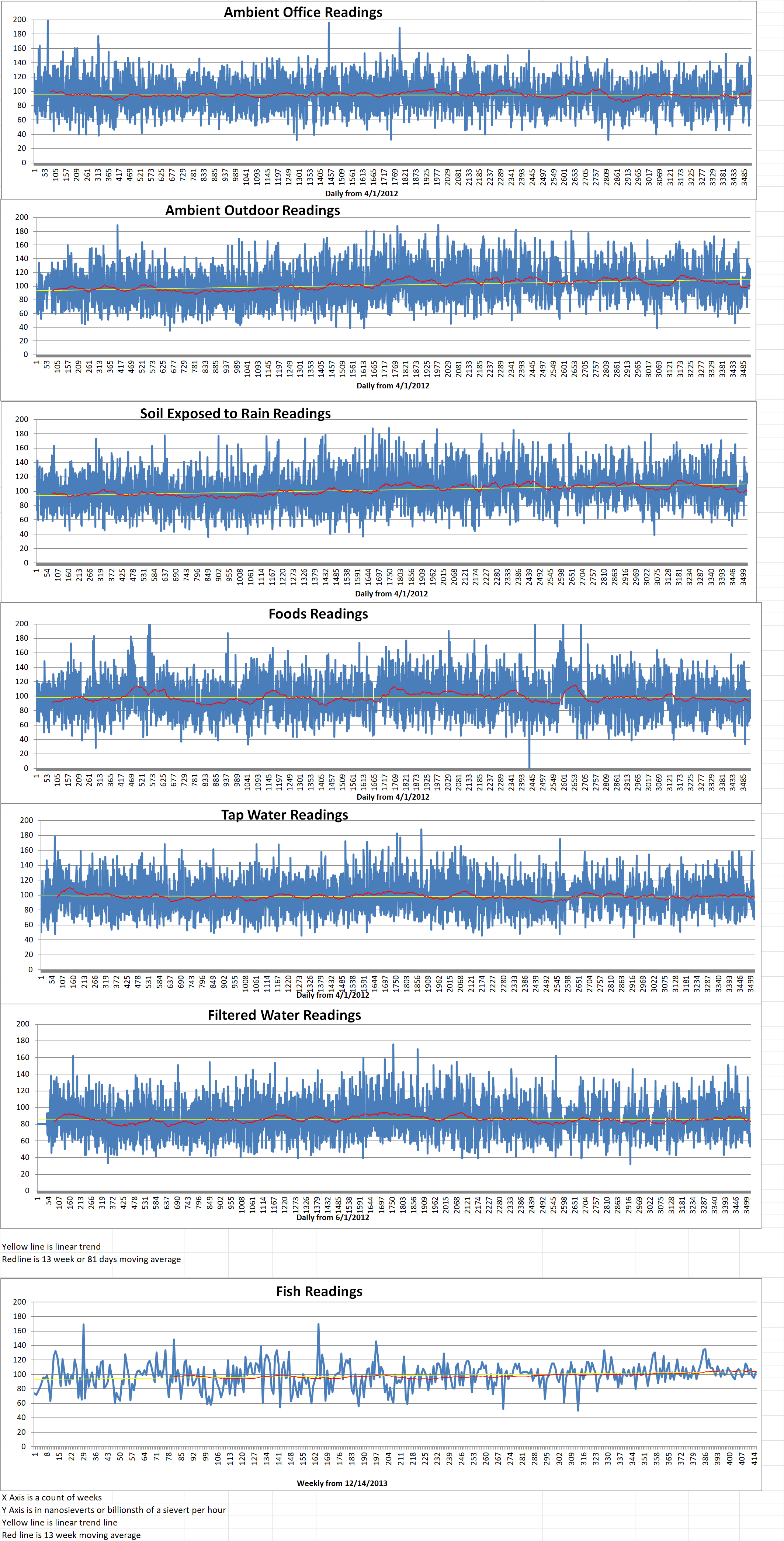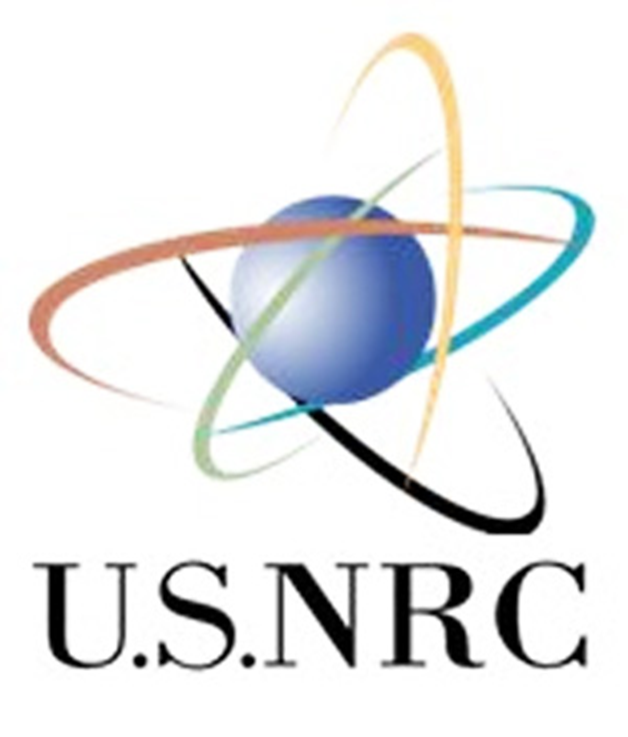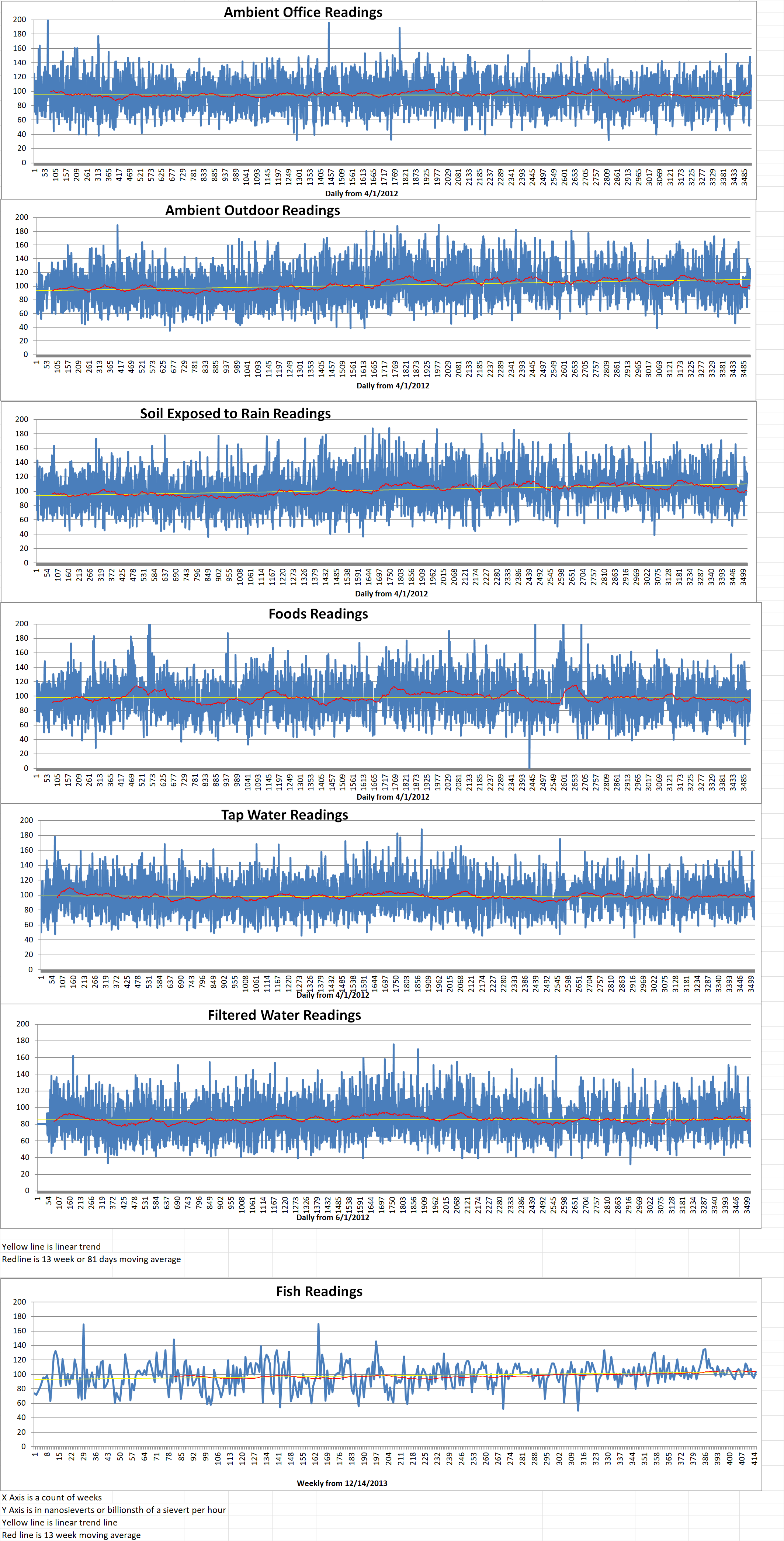Two new North American initiatives dedicated to accelerating the deployment of technologies for fusion power generation have been announced. In Canada, Bruce Power, General Fusion, and the Nuclear Innovation Institute (NII) will collaborate to evaluate potential deployment of a fusion power plant in Ontario. In the U.S., scientists at the Princeton Plasma Physics Laboratory (PPPL) are teaming up with Renaissance Fusion America (RFA). They are participating in a U.S. program to speed the development of nuclear fusion energy.
Yesterday, Bruce Power, General Fusion and the NII announced that they have entered into a Memorandum of Understanding (MOU) to collaborate on accelerating the delivery of clear fusion power in Canada. The collaborators said that they will build on existing clear energy technologies, skills, and expertise in the Clear Energy Frontier region of Ontario to develop a “go forward”. They will also lead stakeholders and public outreach activities to raise awareness of the “transformative potential” of fusion energy for powering Canadian homes, businesses, and industry.
General Fusion is a private company which intends to build a commercial fusion power plant based on Magnetized Target Fusion (MFT) technology which involves injecting hydrogen plasma into a liquid metal sphere, where it is compressed and heated to produce nuclear fusion. A Fusion Demonstration Plant at the Culham Campus near Oxford in the UK is scheduled to go into operation by 2025. The company says that it intends to bring clean fusion energy to the world’s energy systems by the early 2030s.
Christofer Mowry is the CEO of General Fusion. He describes the MOU as a “landmark”. It provides a framework under which Canada’s energy leaders can benefit from each other’s technology innovations and expertise to lead the way in adopting fusion power in Ontario and across Canada. He said, “We look forward to advancing this partnership to help meet Canada’s climate targets and the increasing electricity needs of Canadians.”
Encouraging innovation in new energy technologies including fusion is one of the five pillars in Bruce Power’s NZ-2050 strategy to contribute to a net zero Canada while growing the economy and supporting innovation. The MOU is said to represent one way in which the company is looking to advance new clear energy technologies.
Mike Rencheck is the President and CEO of Bruce Power. He said, “In order to achieve a net-zero future here in Ontario, and Canada, we need to continue expanding the clean electricity production of our existing facilities and will need innovation as part of the future. Our partnership will explore these innovations and leverage the established capability in this region as a home to new technologies that will contribute to a carbon-free future.”
Renaissance Fusion is based in Grenoble, France. They intend to generate fusion energy from stellarator-based devices in the next thirteen years. A new public-private partnership between the company’s U.S. affiliate RFA and three scientists at the PPPL aims to further stimulate the development of the technology by generating an open-source dataset of stellarator configurations that scientists around the globe can utilize to train their own models and advance artificial intelligence research in stellarators.
Stellarators are devices for the magnetic confinement of fusion plasmas. Unlike the popular tokamaks in many laboratories, the stellarators have no toroidal plasma current. This means that they offer increased plasma stability compared to tokamaks. Because stellarators can more easily control and monitor the burning plasma, stellarators have an intrinsic potential for steady-state continuous operation. This makes stellarators potentially easier to operate than tokamaks. However, their greater complexity makes them more difficult and expensive to design and build than tokamaks.
Developing machine-learning software to speed up predictions of the loss of alpha particles from fusion reactions should allow designers to quickly enhance the shape of stellarator magnetic fields to improve particle confinement.
The year-long collaboration is sponsored by the U.S. Department of Energy’s (DoE) Innovation Network for Fusion Energy (INFUSE) program which was launched in 2015 to accelerate fusion energy development involving the expertise and unique resources available at DoE laboratories and universities.






